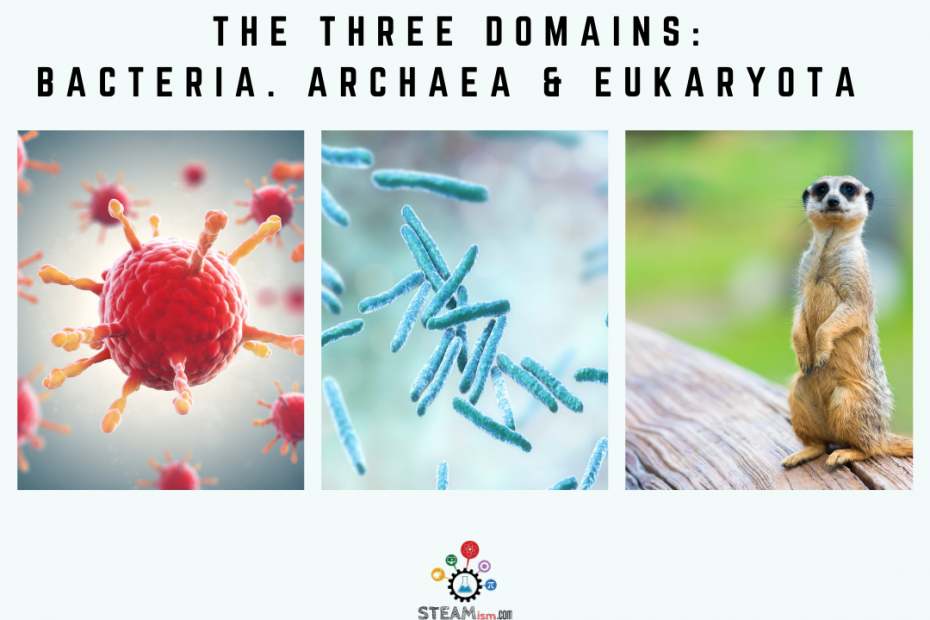The Earth is 4.543 billion years old (!). The earliest known life forms appeared on Earth approximately 3.77 billion years ago.
These were micro-organisms.
Biologists believe that all cells had a common ancestor cell known as the Last Universal Common Ancestor (aka LUCA). This 2016 research paper theorizes that our ancestor LUCA probably lived in deep-sea hydrothermal vents.
Over time, LUCA and his sibling LUCA’s evolved into three different cell types, each then gained its own domain.
These three domains are the Bacteria, Archaea, and the Eukaryota.
